Air Pollution Prediction Using Machine Learning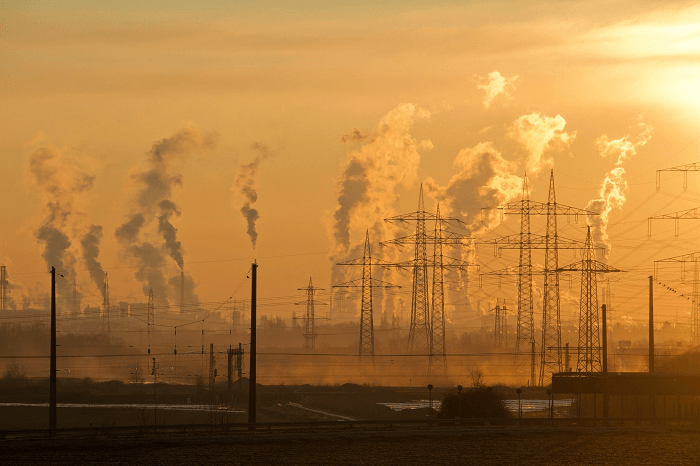
Air pollution prediction is a crucial field where machine learning techniques play a vital role. Its objective is to understand and tackle the harmful effects of air pollutants on human health and the environment. By utilizing a range of machine learning algorithms, including regression, decision trees, and neural networks, we can analyze historical data on air quality alongside meteorological and geographical factors. This analysis enables us to develop models that can forecast pollution levels and detect patterns. By taking proactive measures such as adjusting controls on emissions, implementing strategies to reduce pollution, and providing timely alerts to the public, we can work towards creating cleaner and healthier environments. Embracing the potential of machine learning in air pollution prediction empowers us to make informed decisions and protect the well-being of our communities. Now we will try to implement it into code. Code: Importing LibrariesReading the DatasetNow we will read the dataset. Exploratory Data AnalysisExploratory Data Analysis (EDA) is akin to embarking on an adventure to unravel the secrets of a treasure map. It involves a meticulous examination of our data, searching for intriguing insights, and uncovering hidden gems. Through various techniques and methods, we explore patterns, anomalies, and peculiarities that catch our attention. We also generate summaries and statistics that paint a vivid picture of the data, enriching our understanding of its nuances. EDA is a crucial undertaking as it unveils concealed information and allows us to grasp the profound knowledge the data holds. Output: 
Output: 
Output: 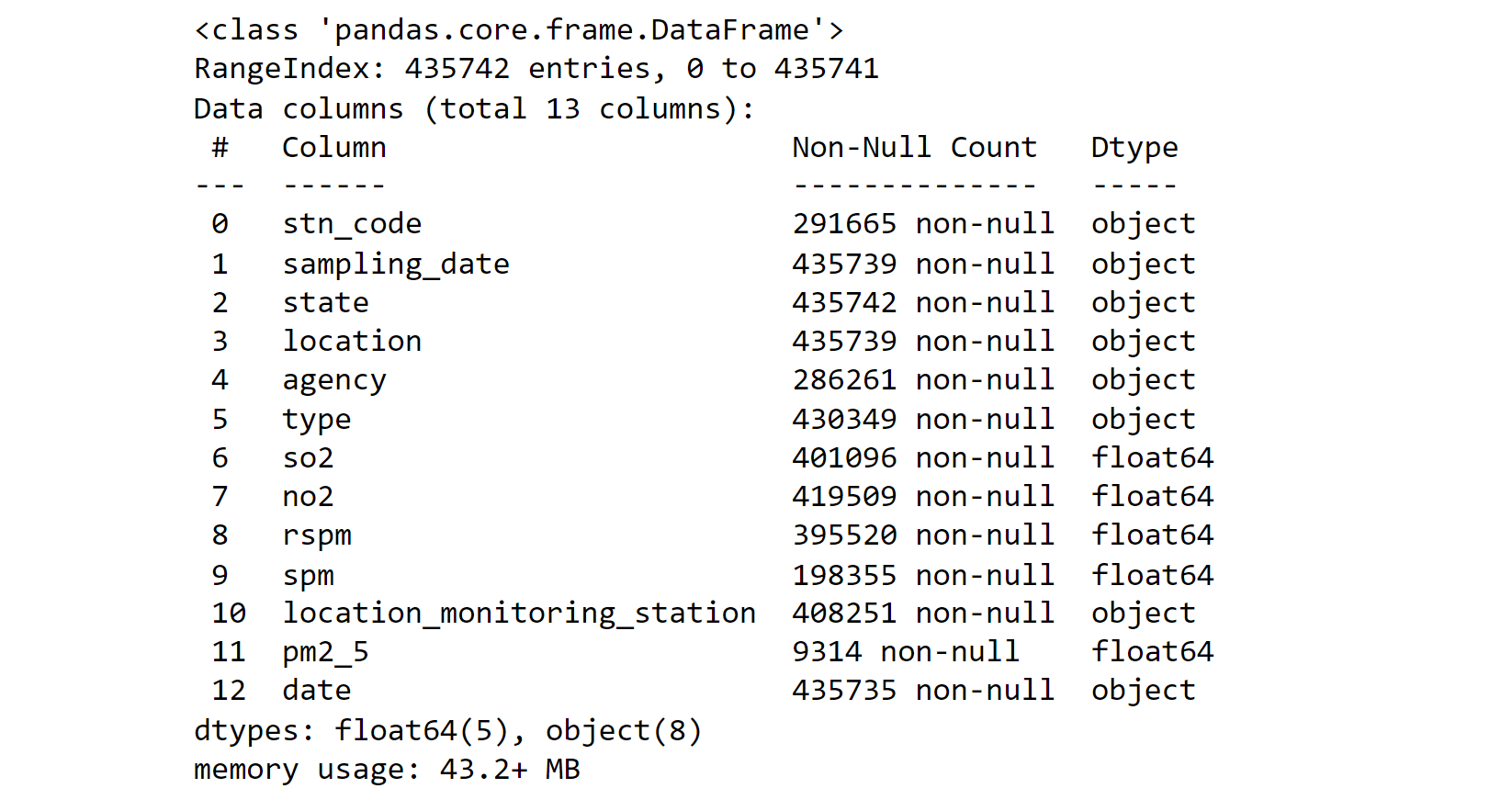
Output: 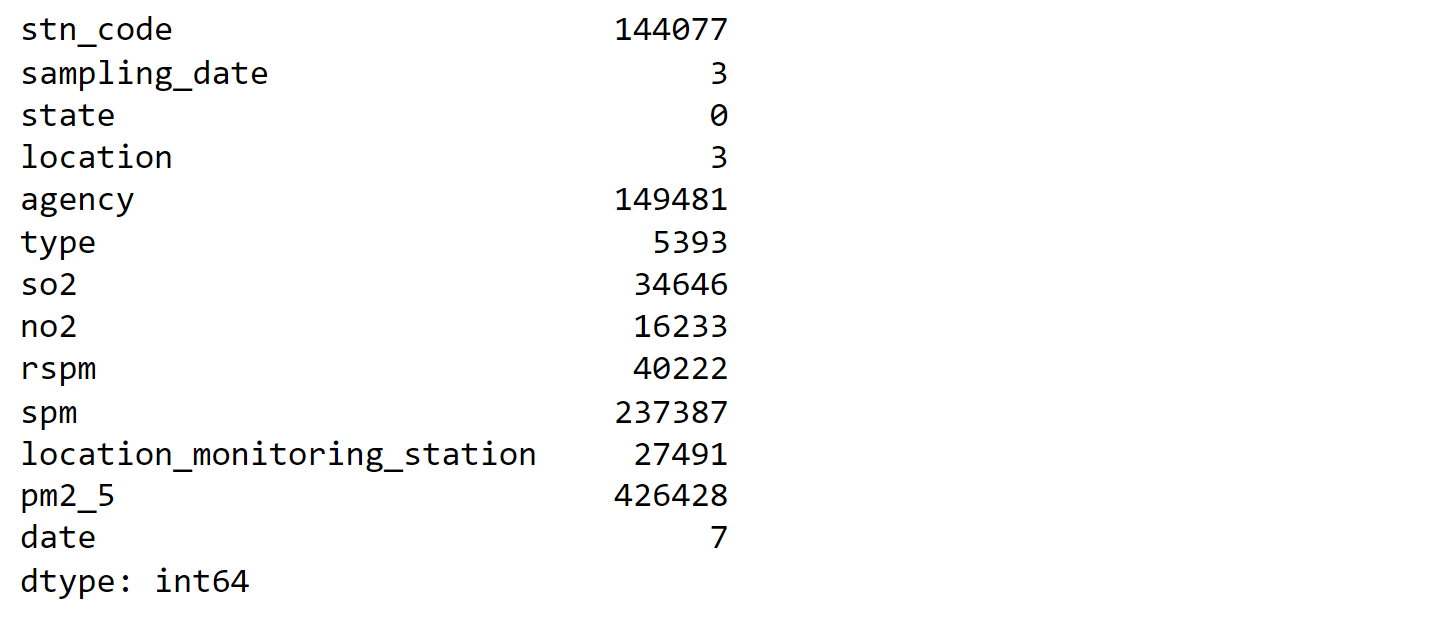
Output: 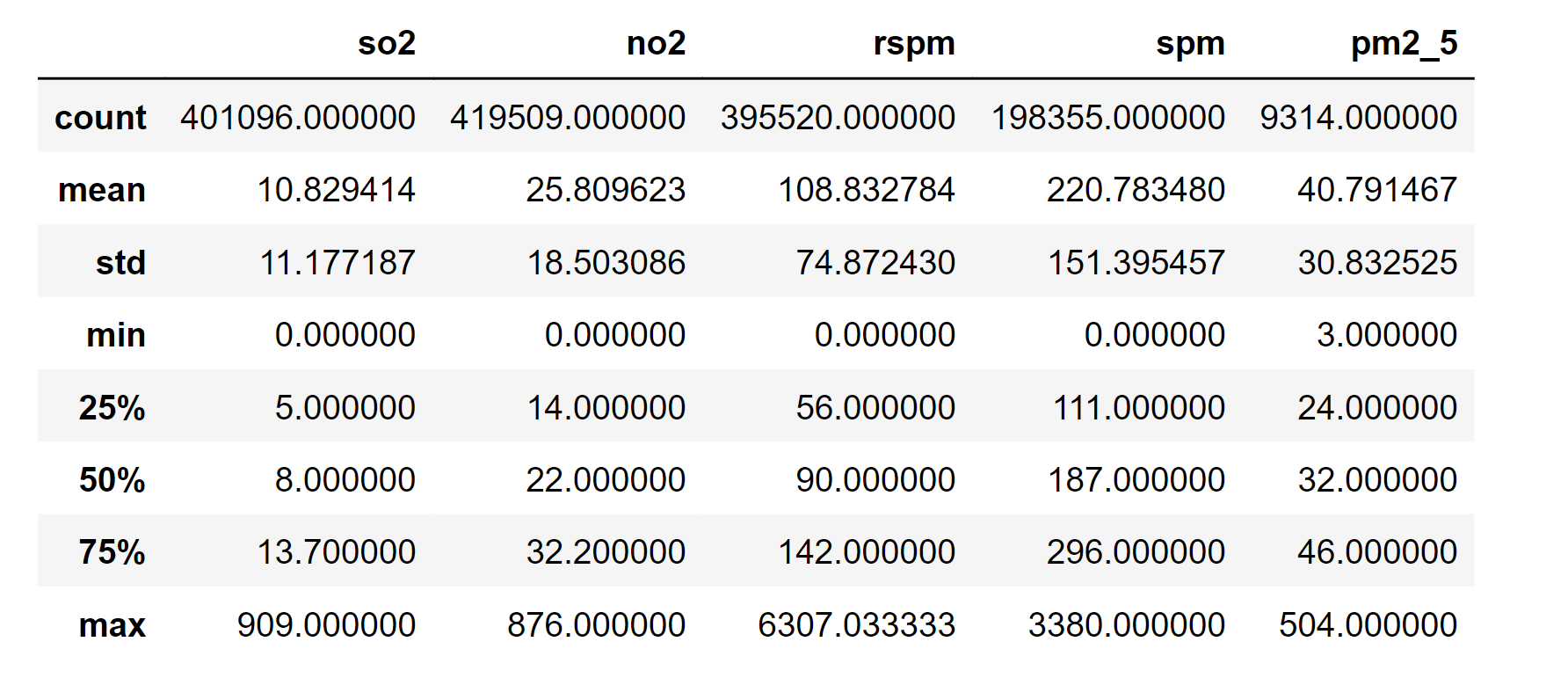
Output: 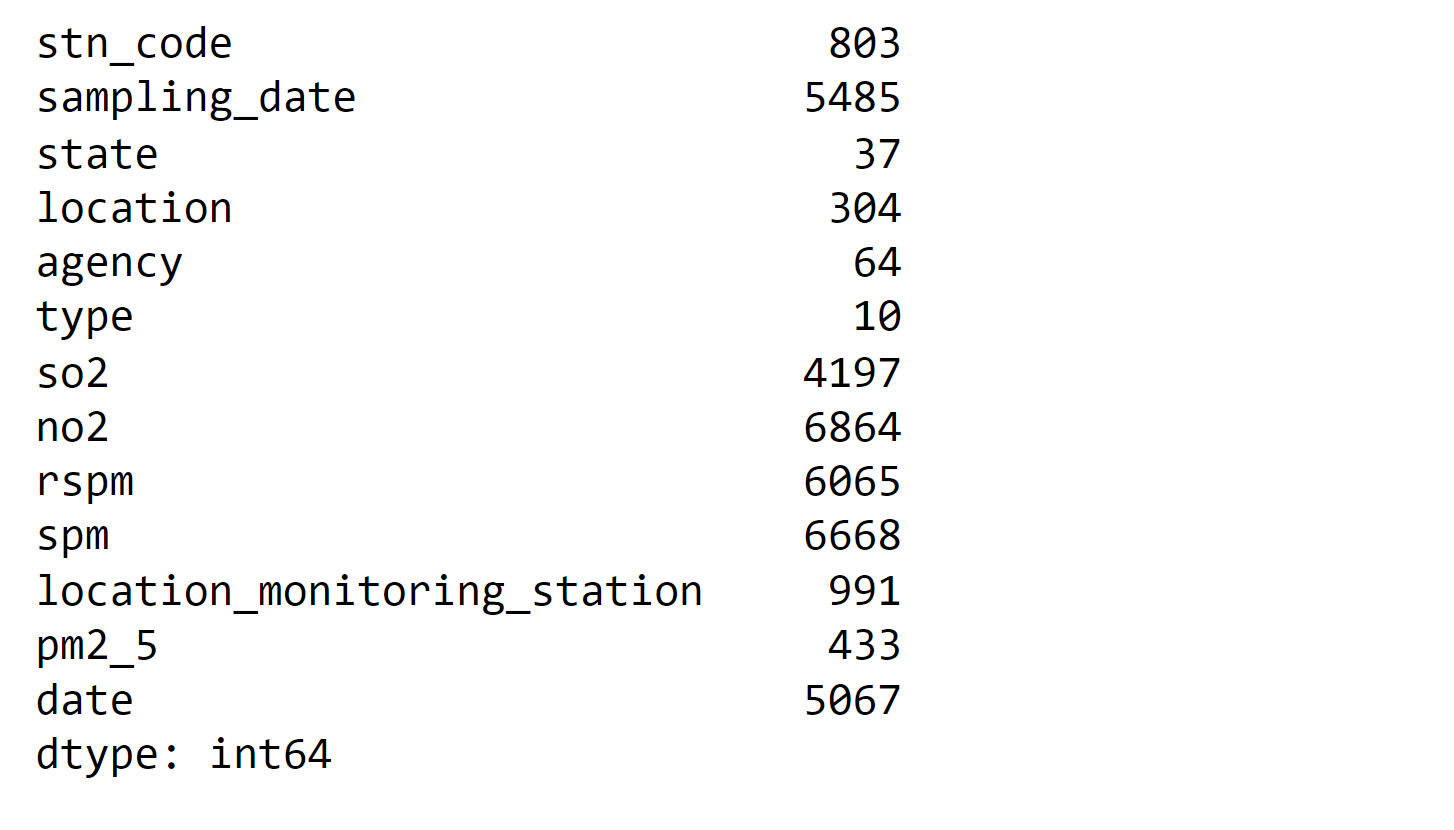
Output: 
Data VisualizationData visualization is like turning numbers and information into pictures or graphs that are easy to understand. It's a way of presenting data in a visual format so that patterns, trends, and relationships can be easily seen. Instead of staring at a bunch of numbers, data visualization helps us see the bigger picture and make sense of the information. Output: 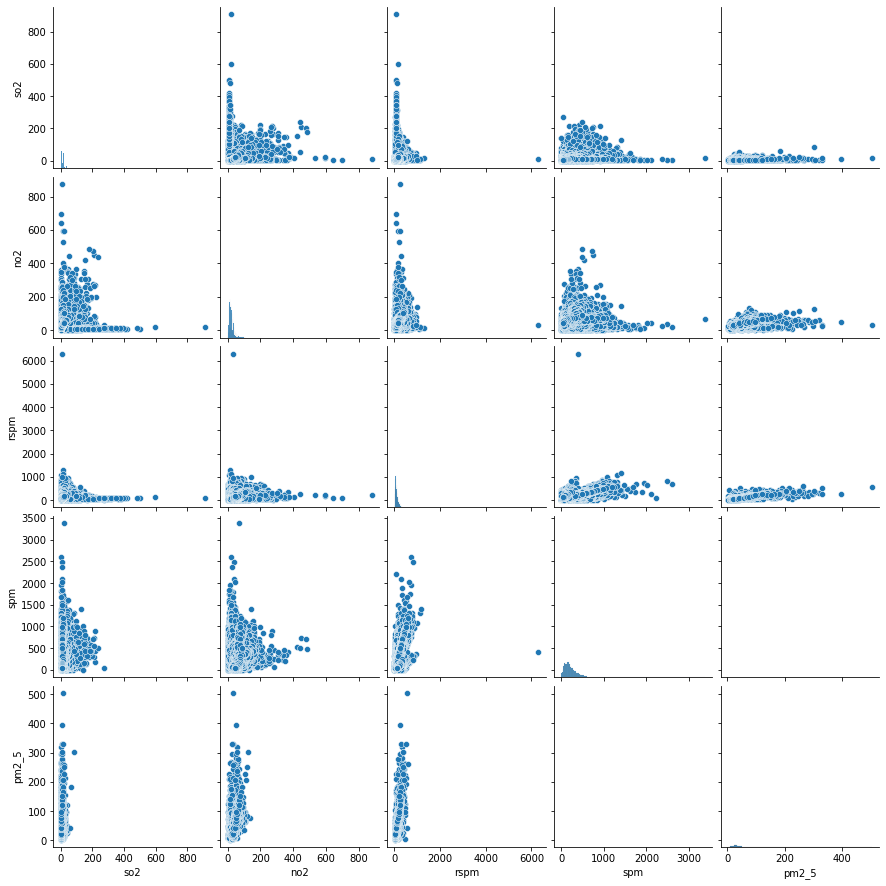
Output: 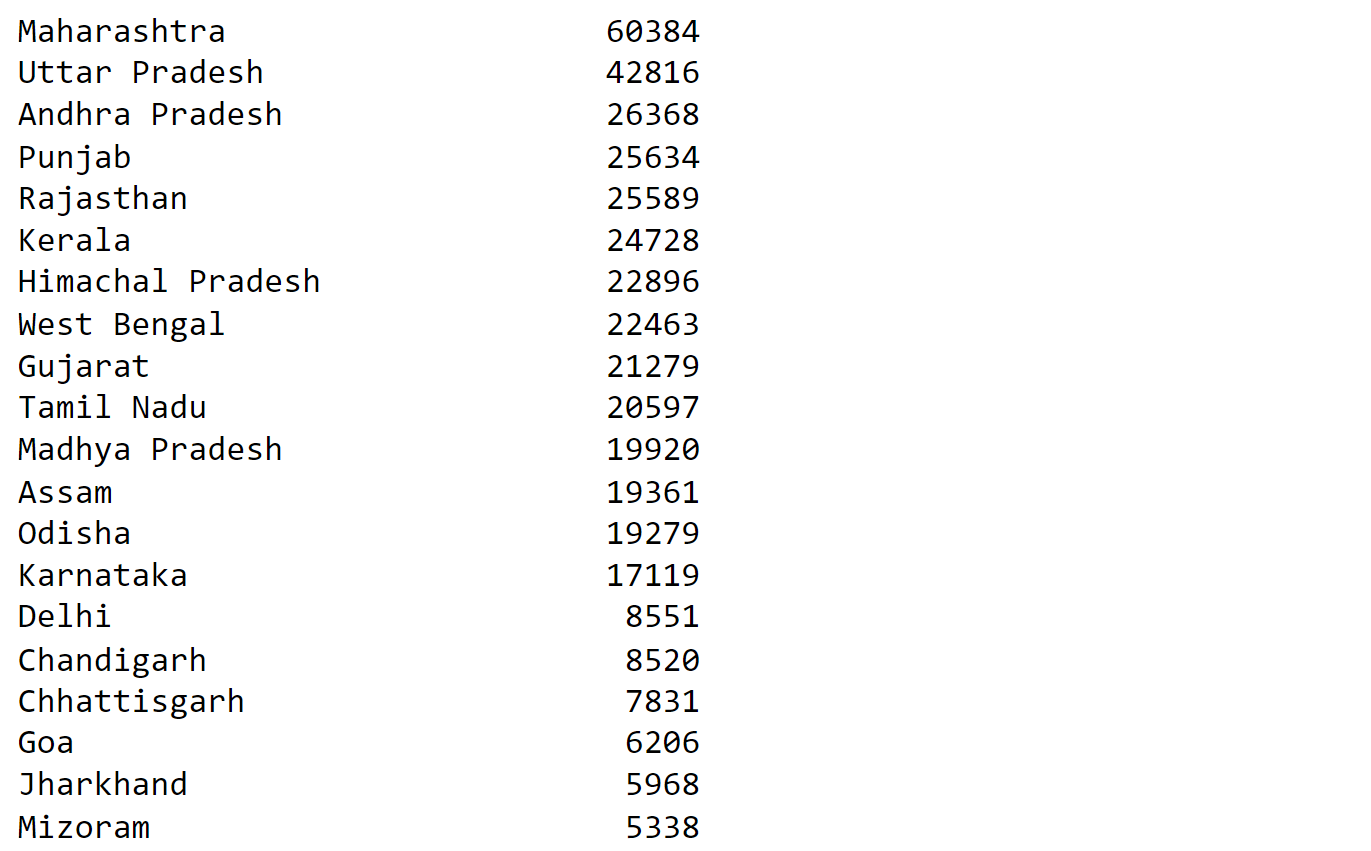
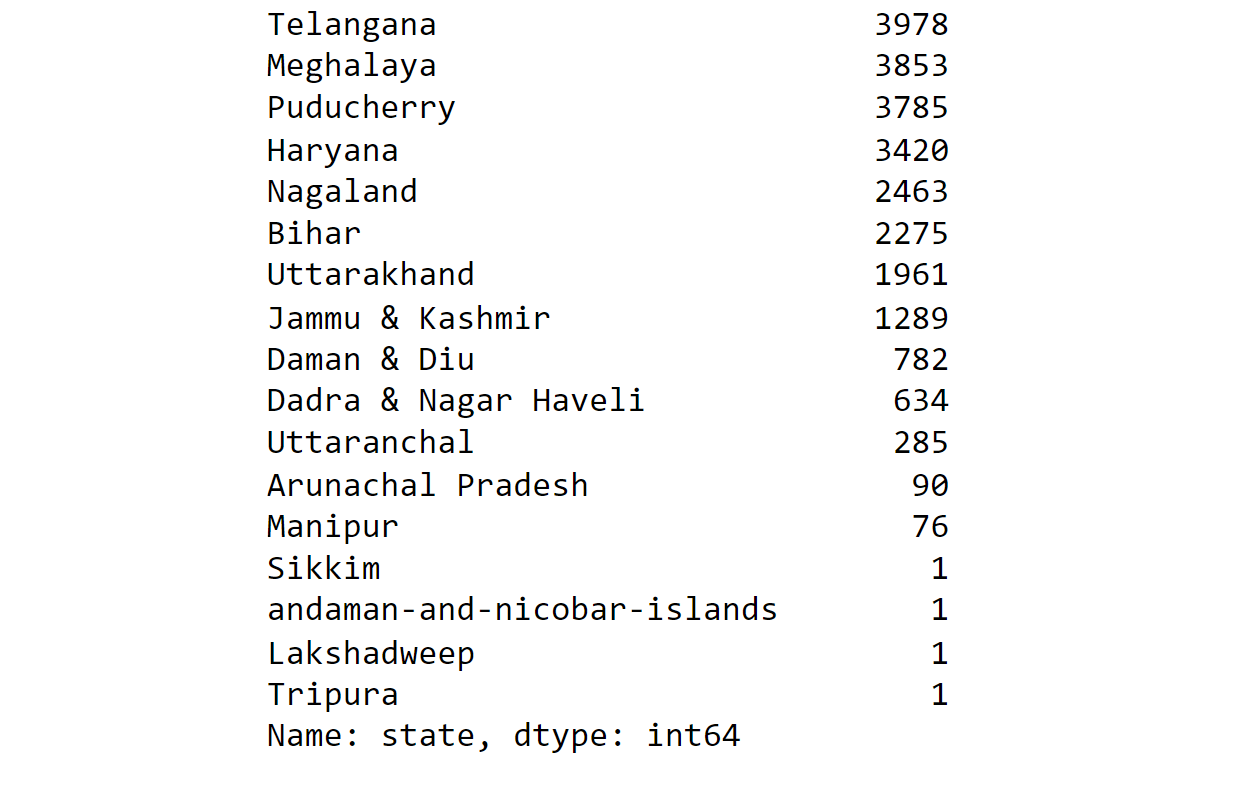
Output: 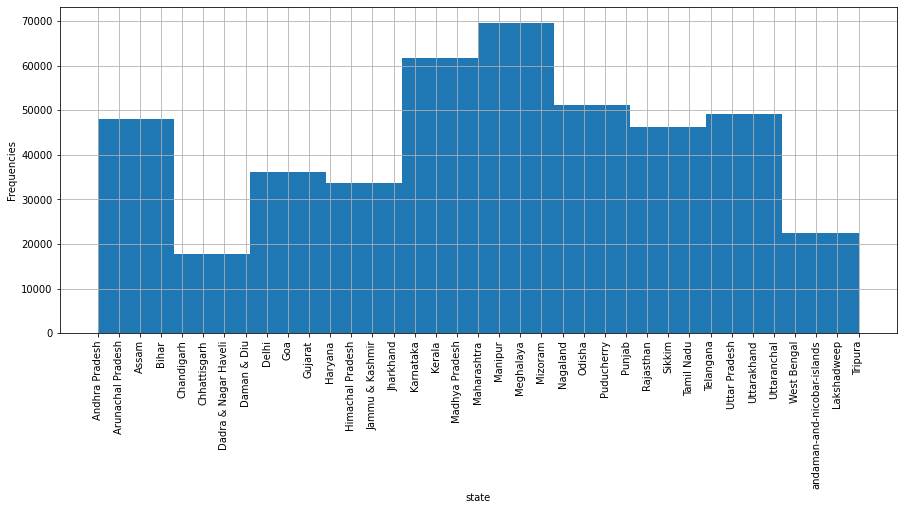
Output: 
Output: 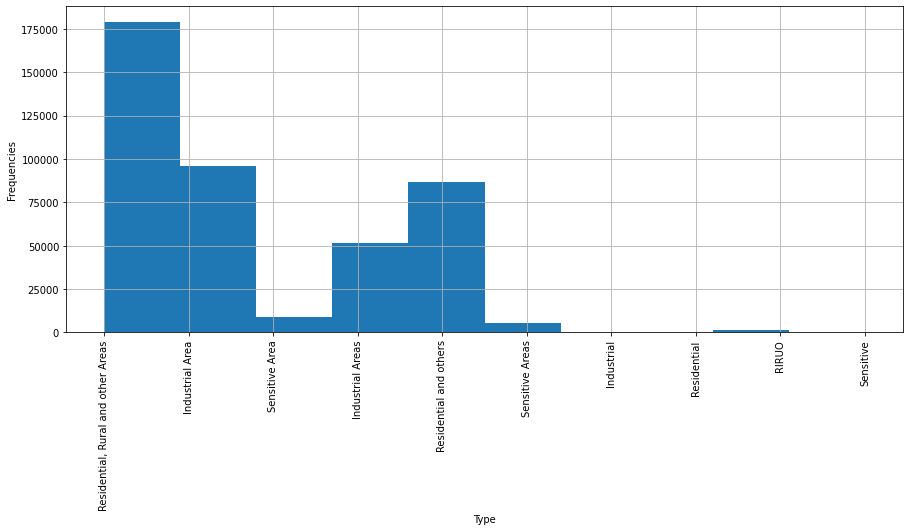
Output: 
Output: 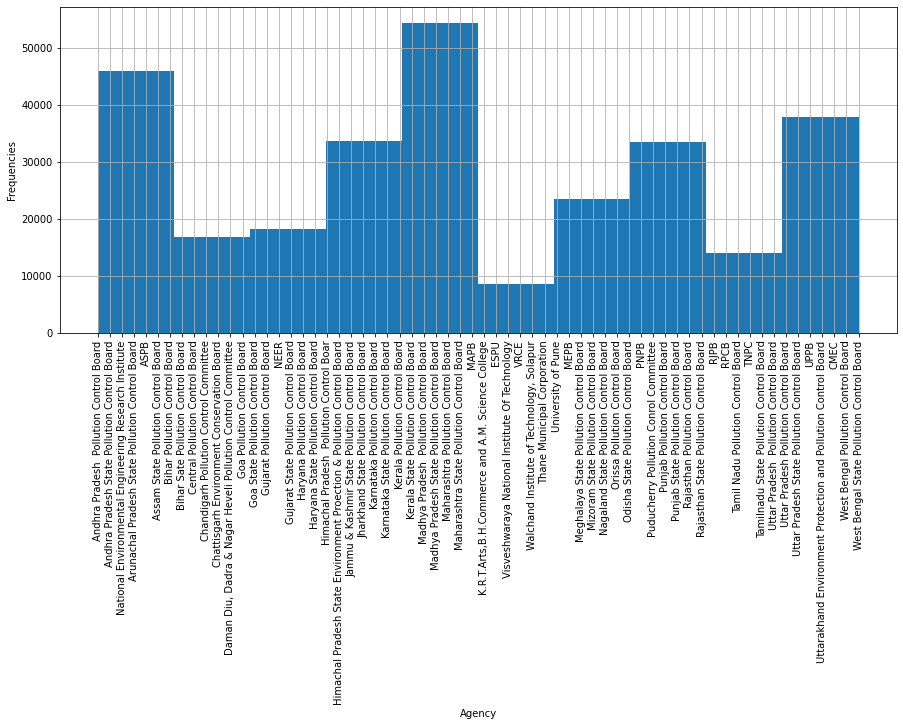
Output: 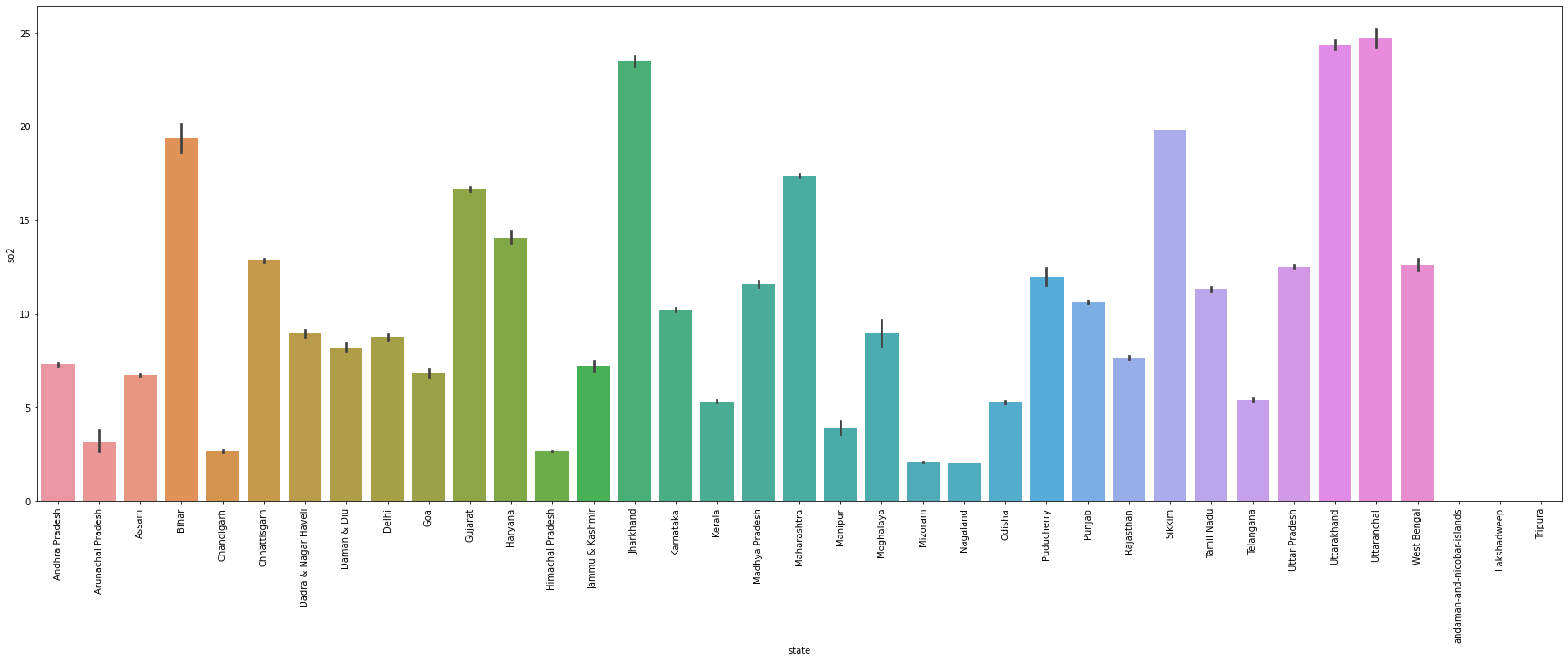
Output: 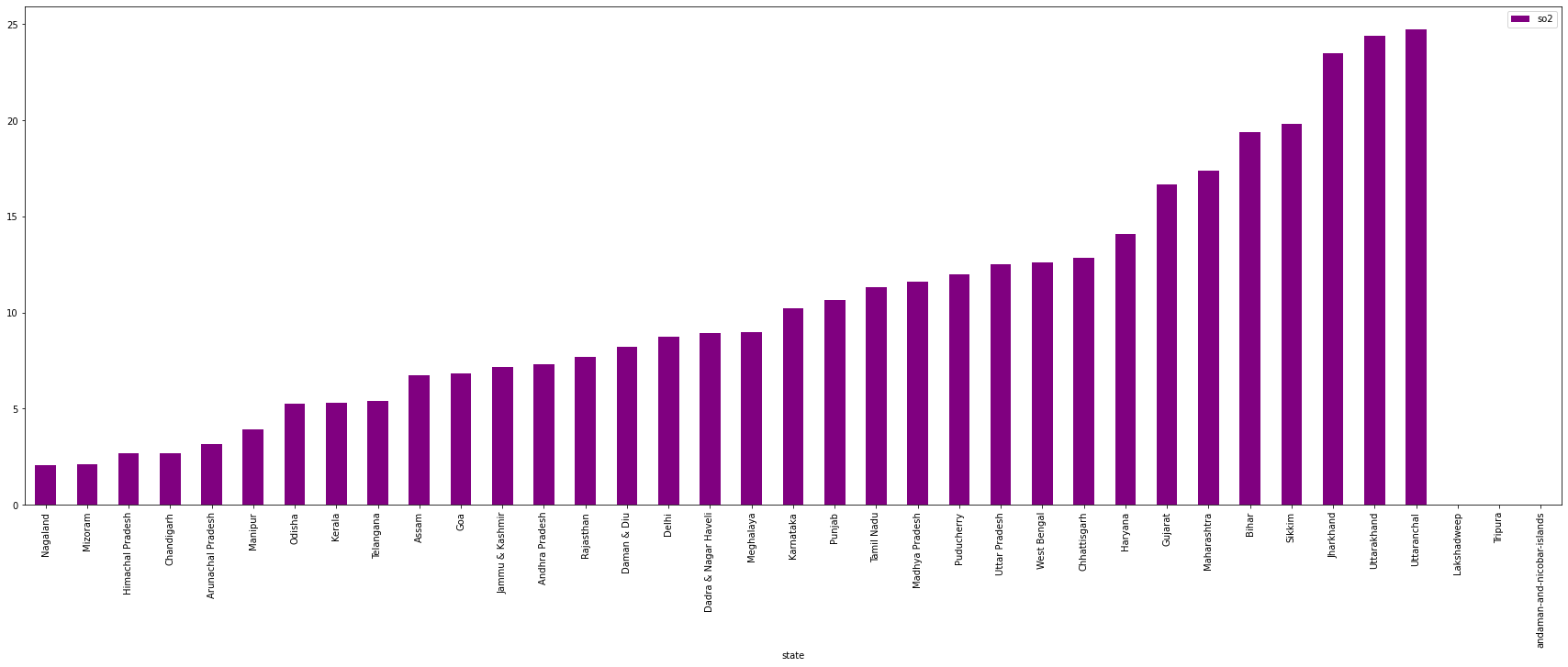
Output: 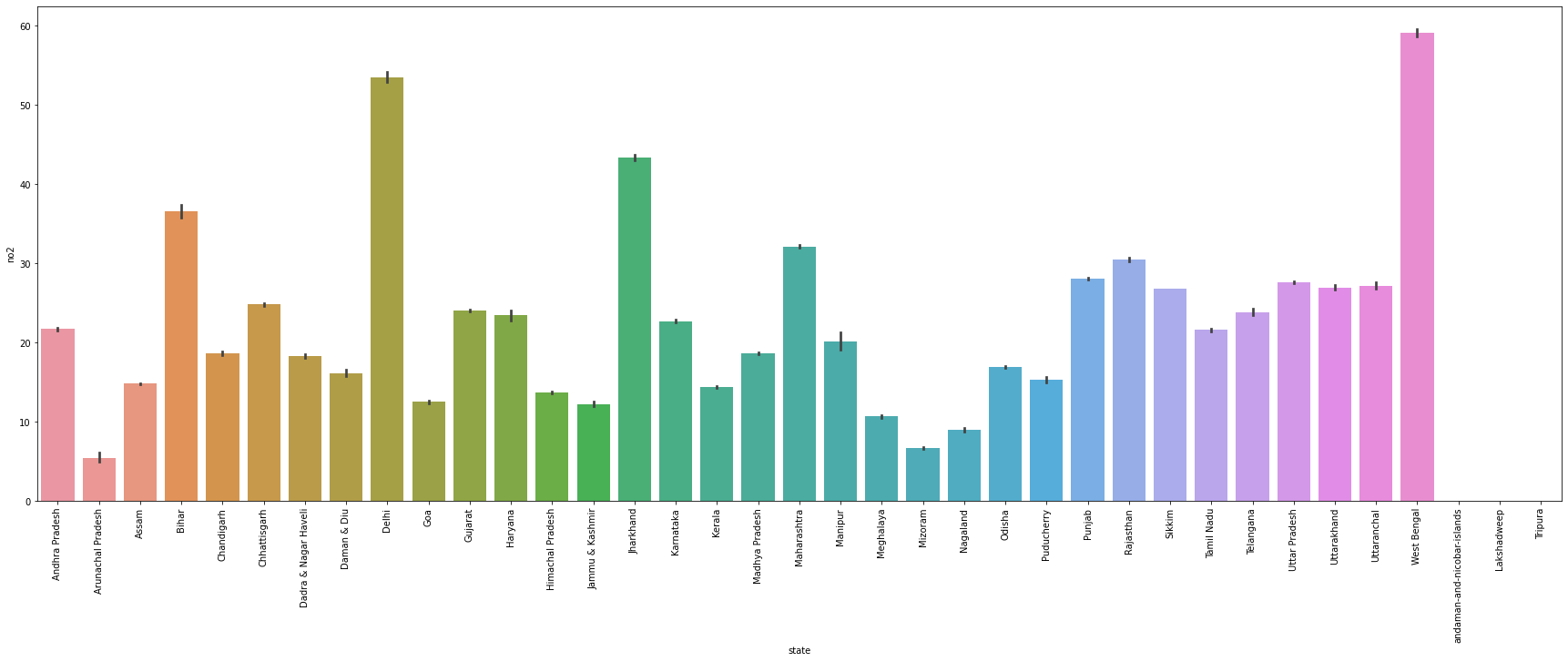
Output: 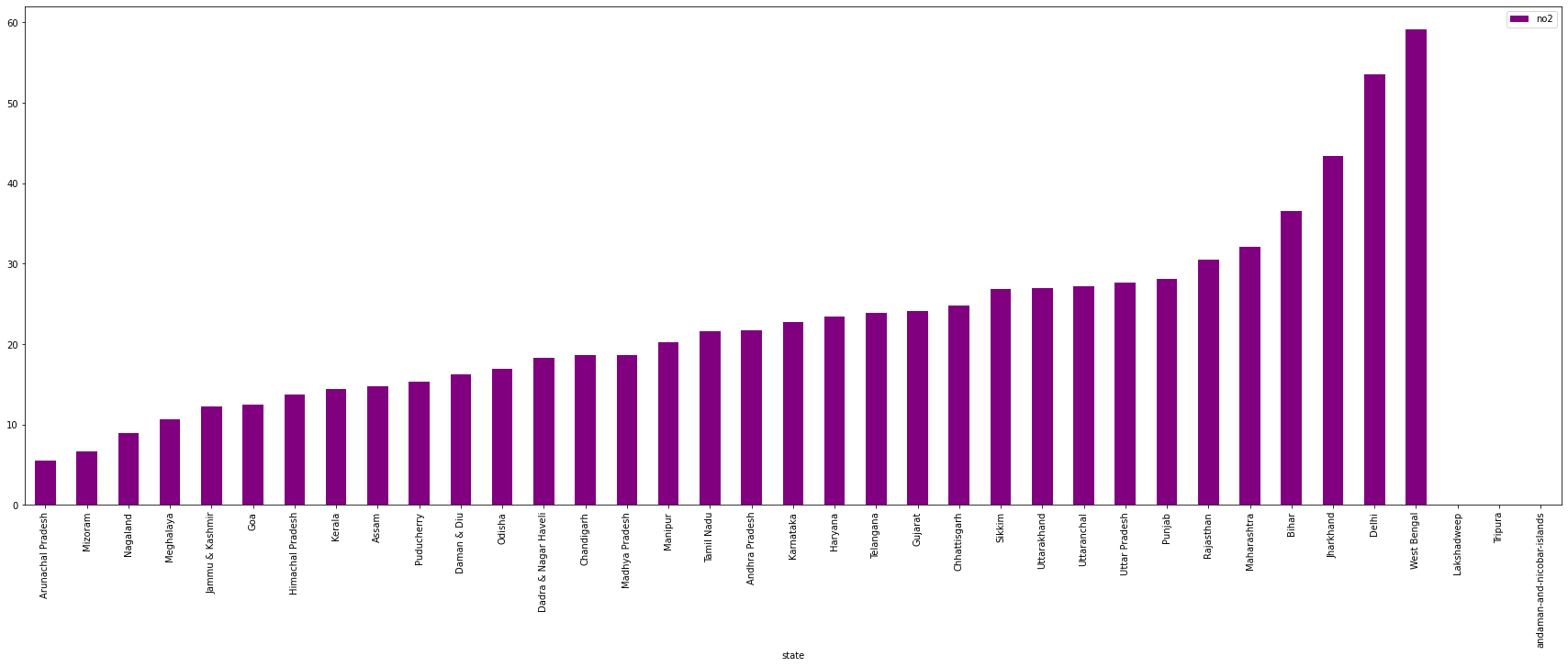
Output: 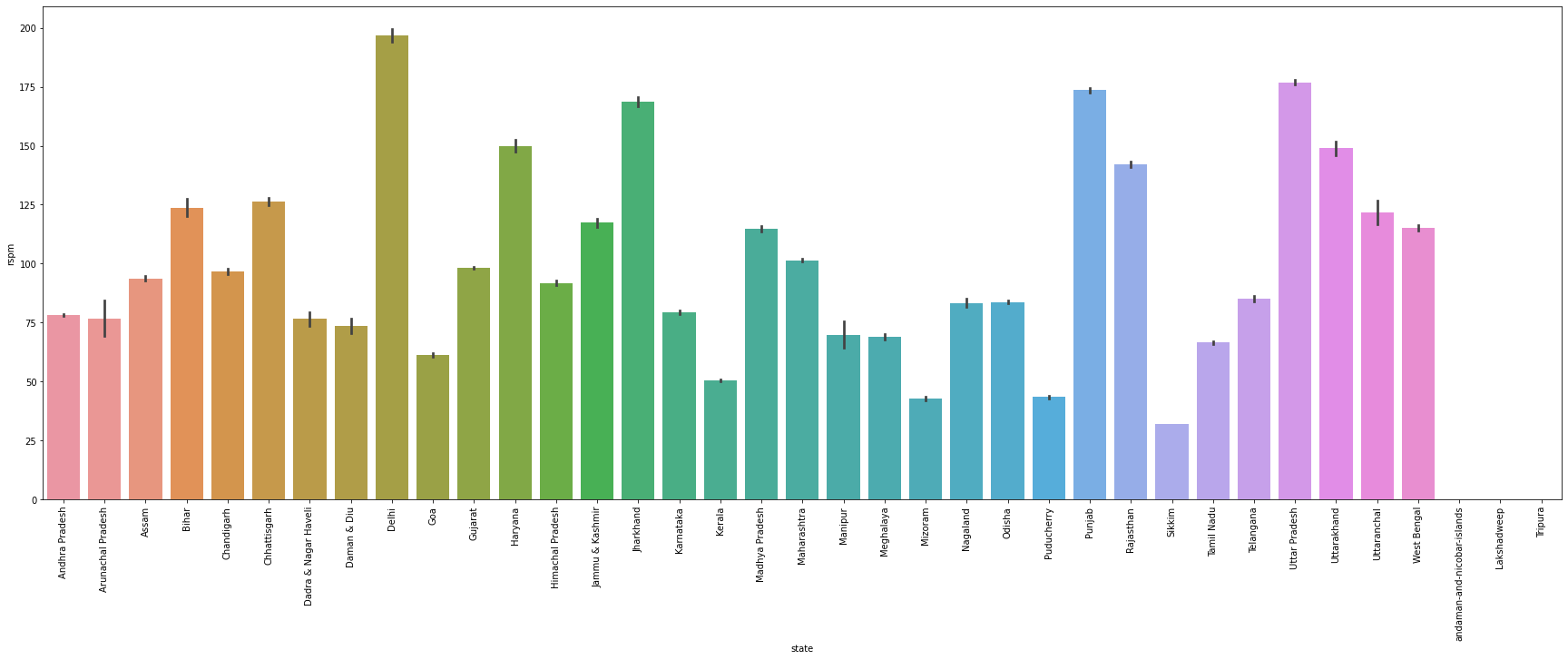
Output: 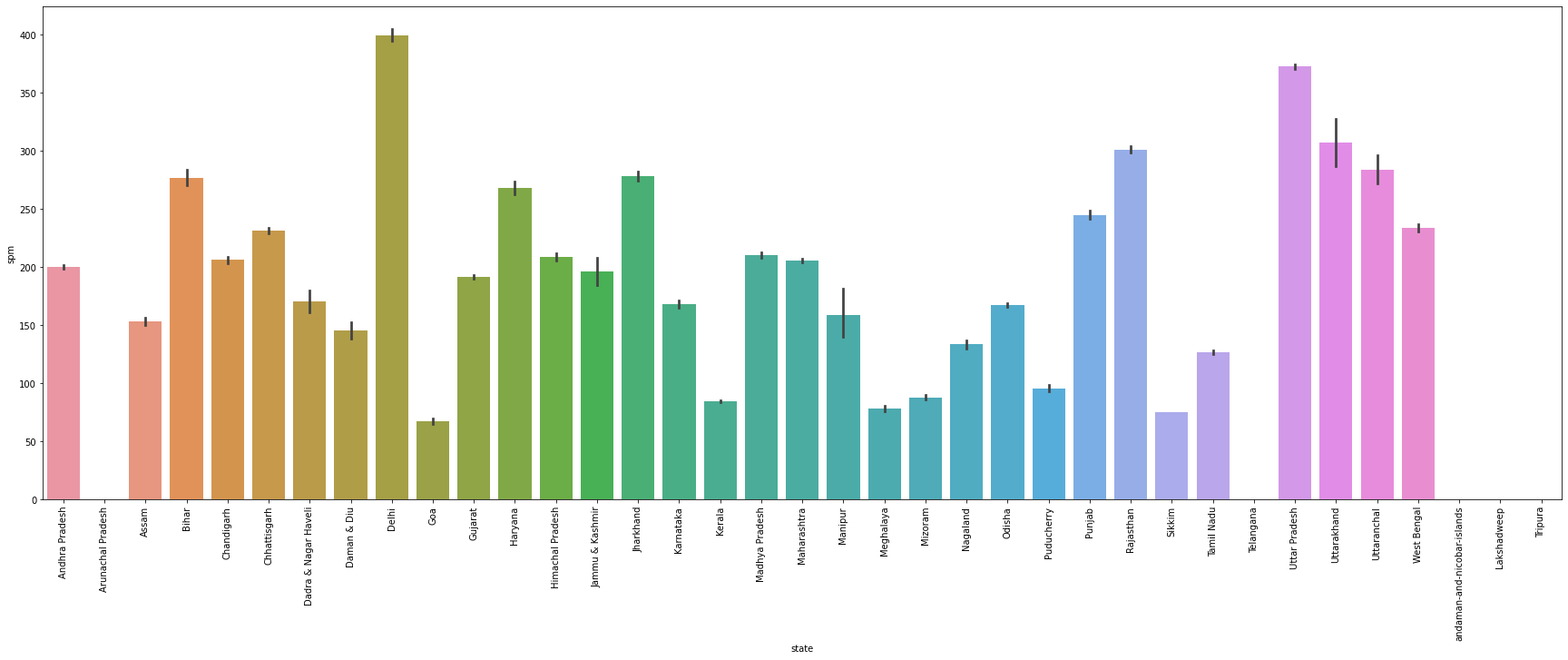
Output: 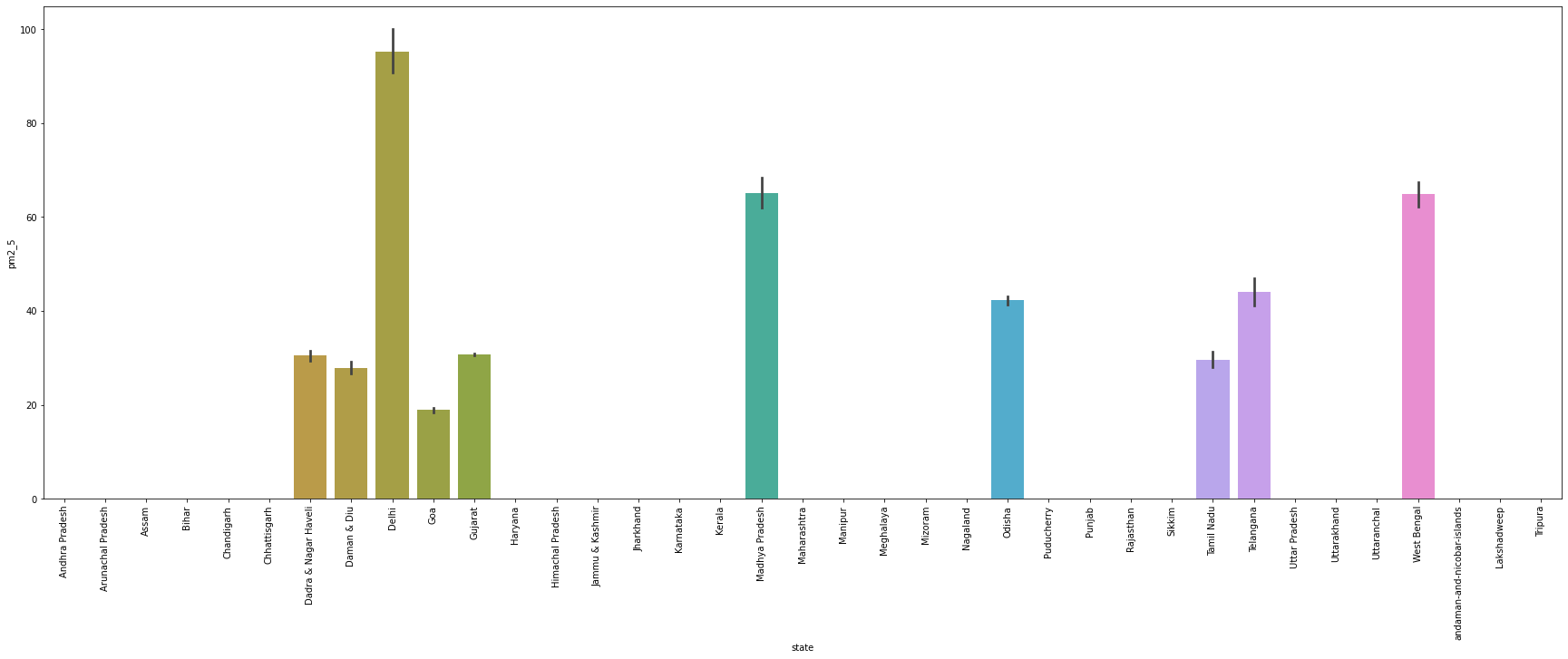
Checking all null values and treating those null values Output: 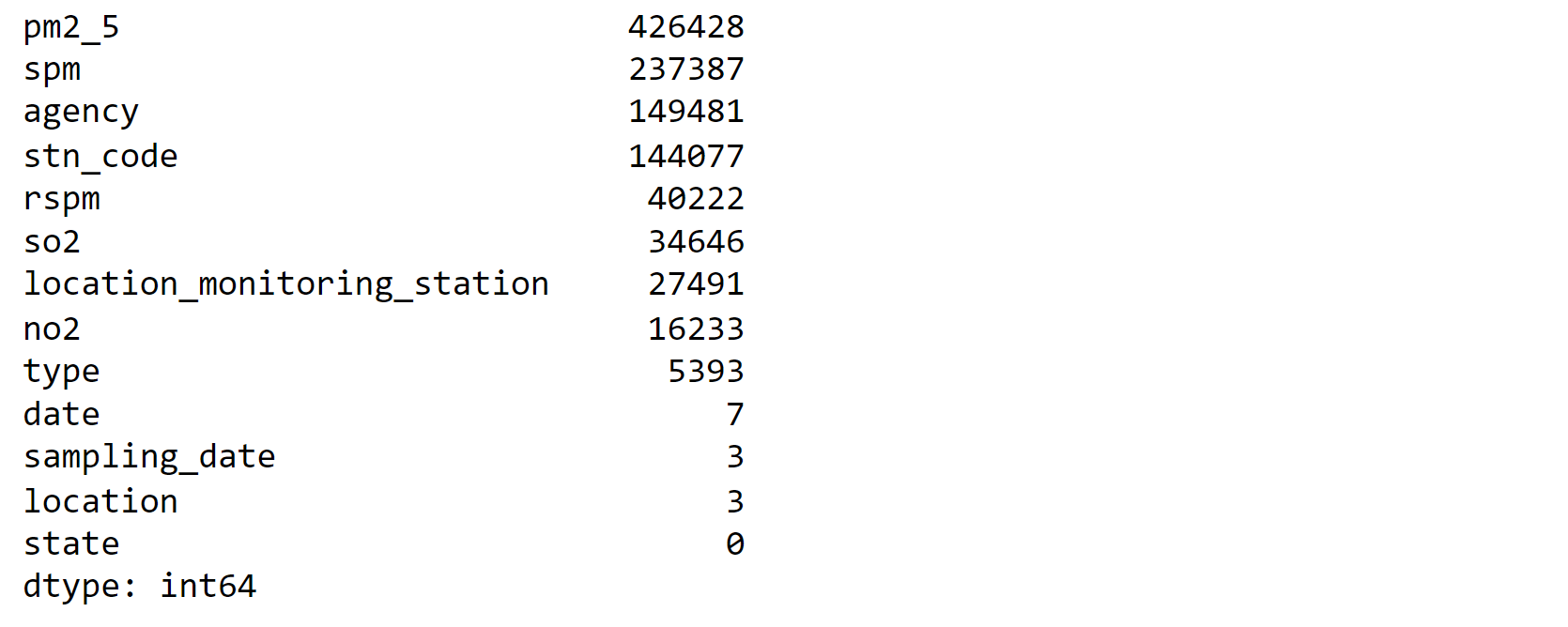
Output: 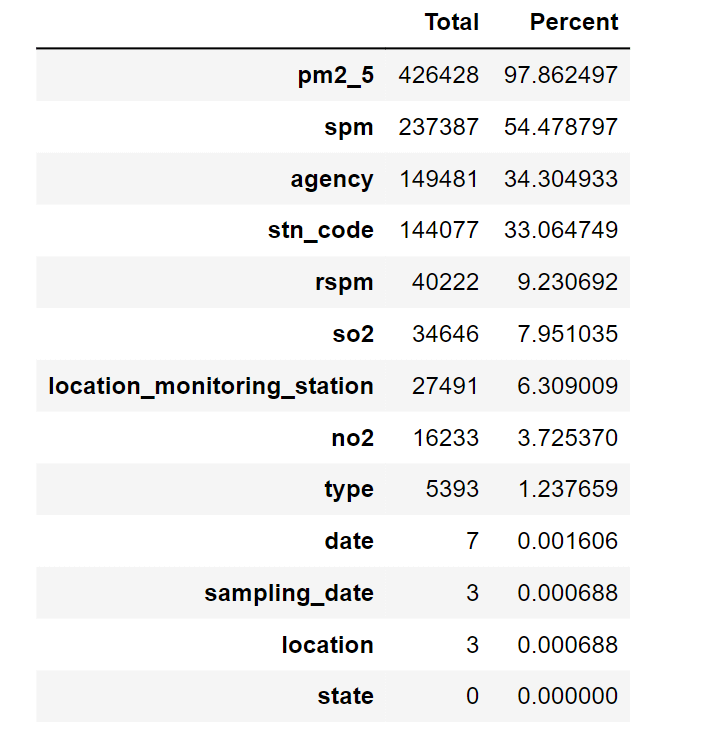
Output: 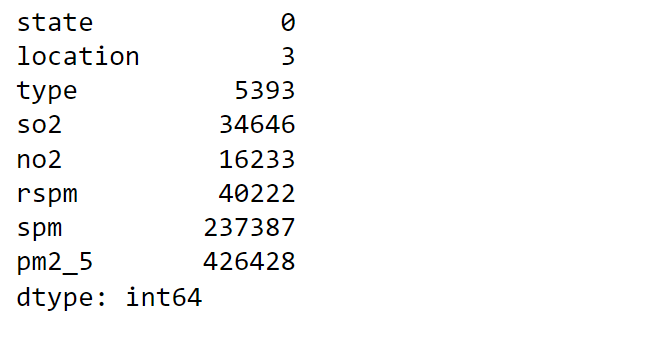
Output: 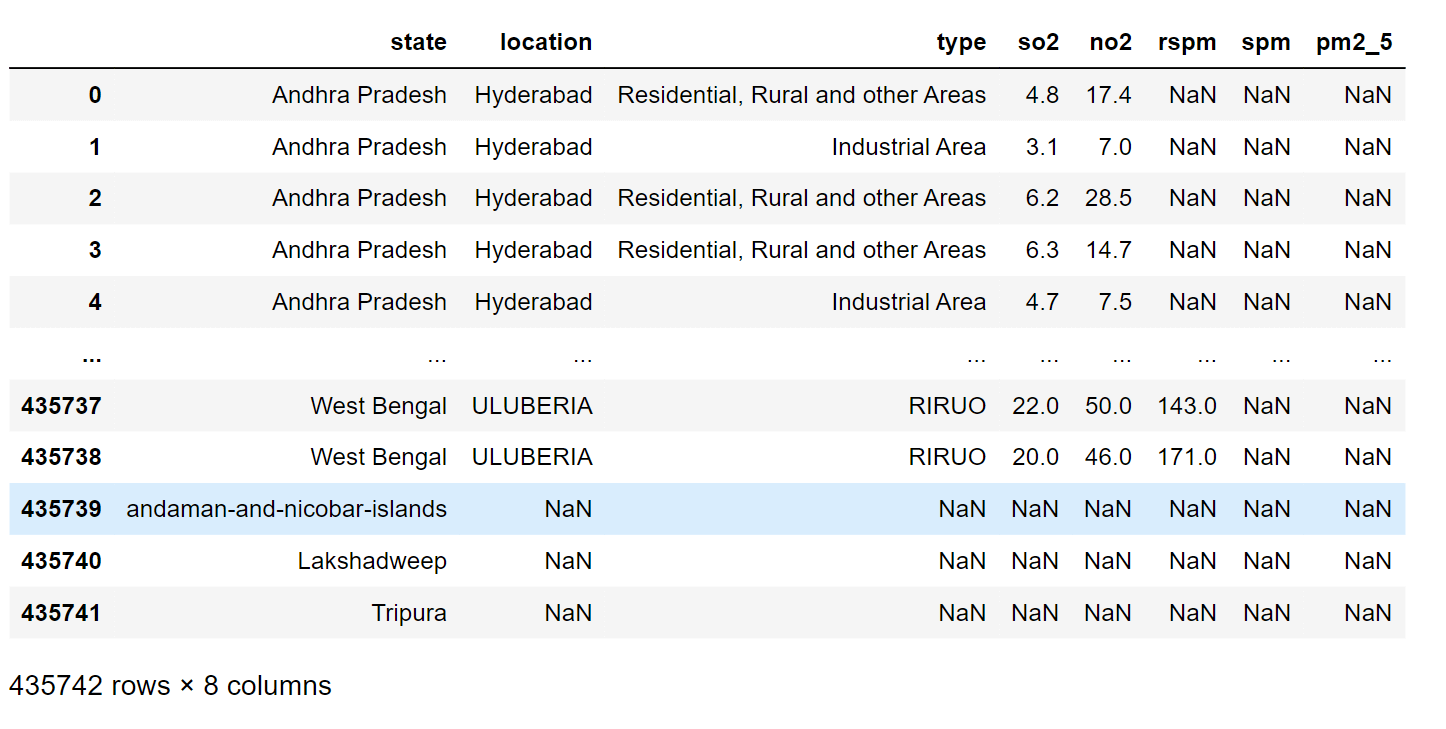
Output: 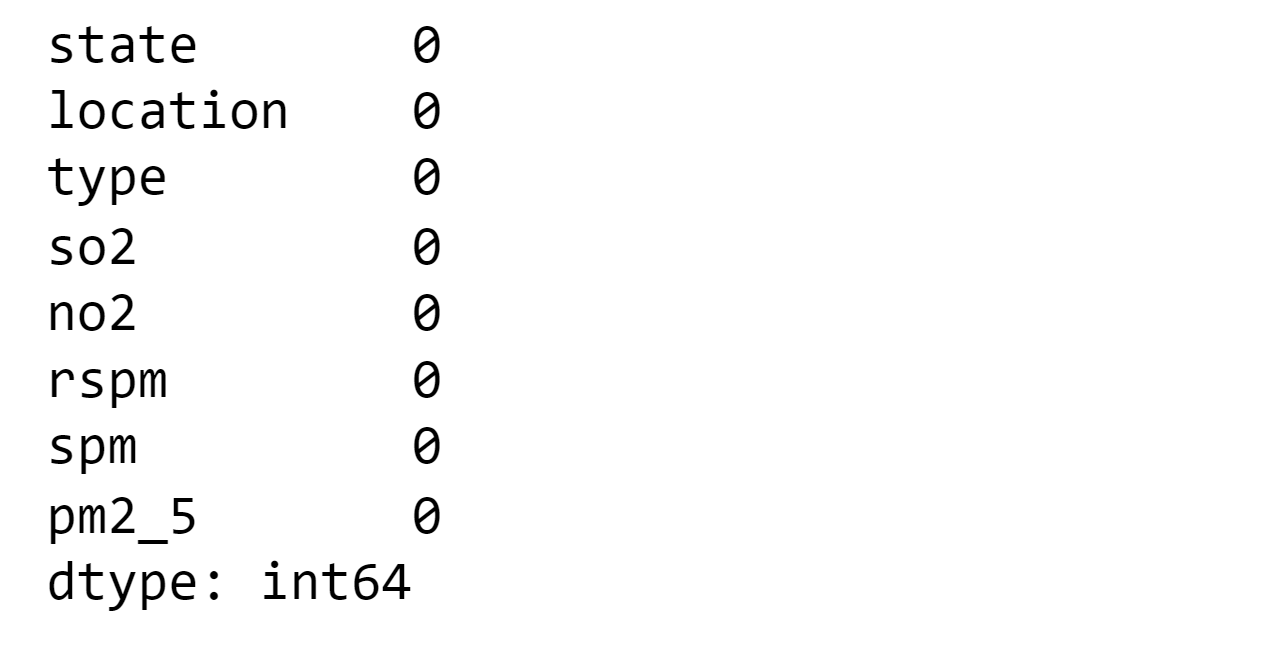
Output: 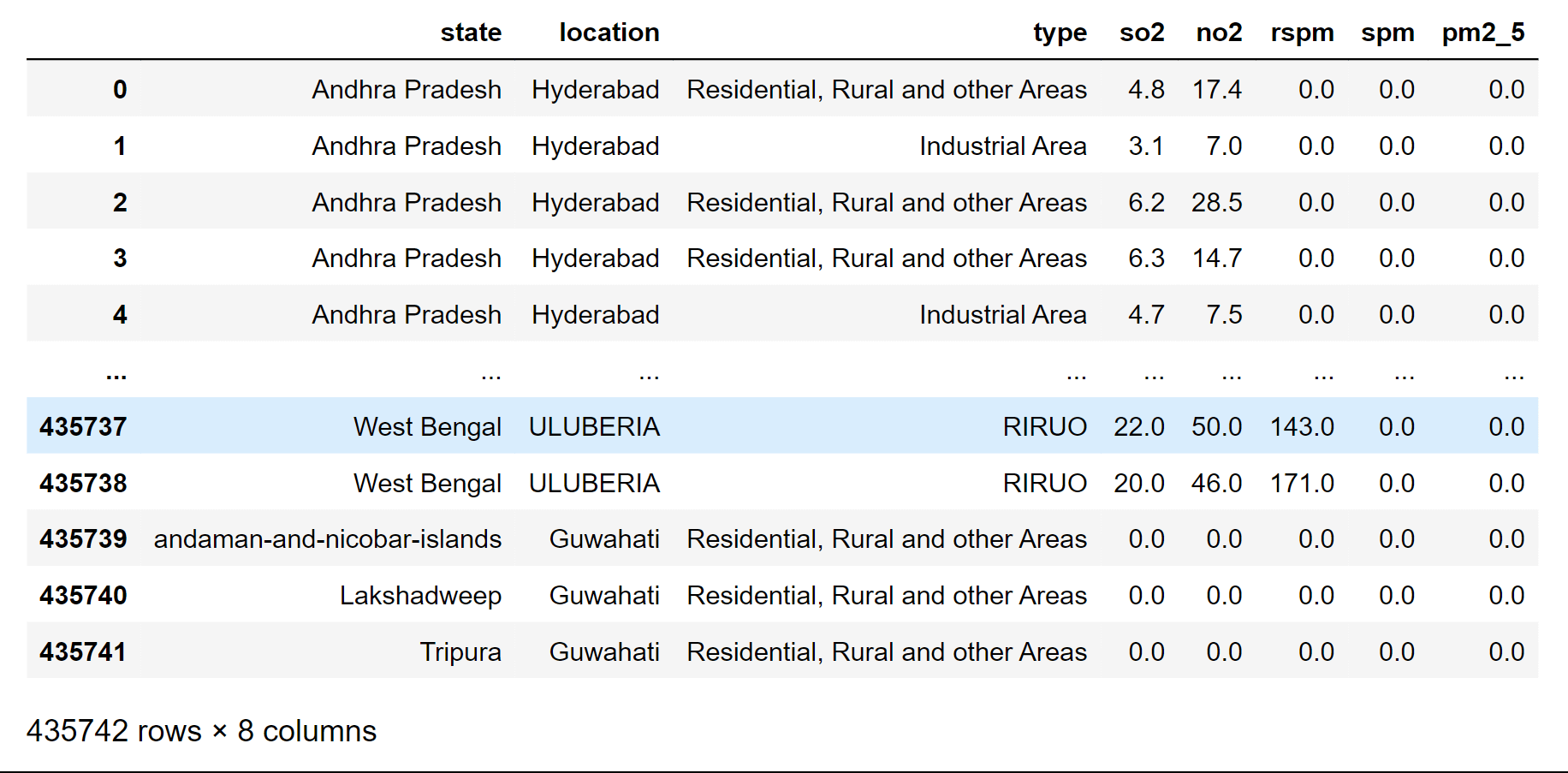
FunctionsWe will be defining functions as they will be usable for later purposes also. Output: 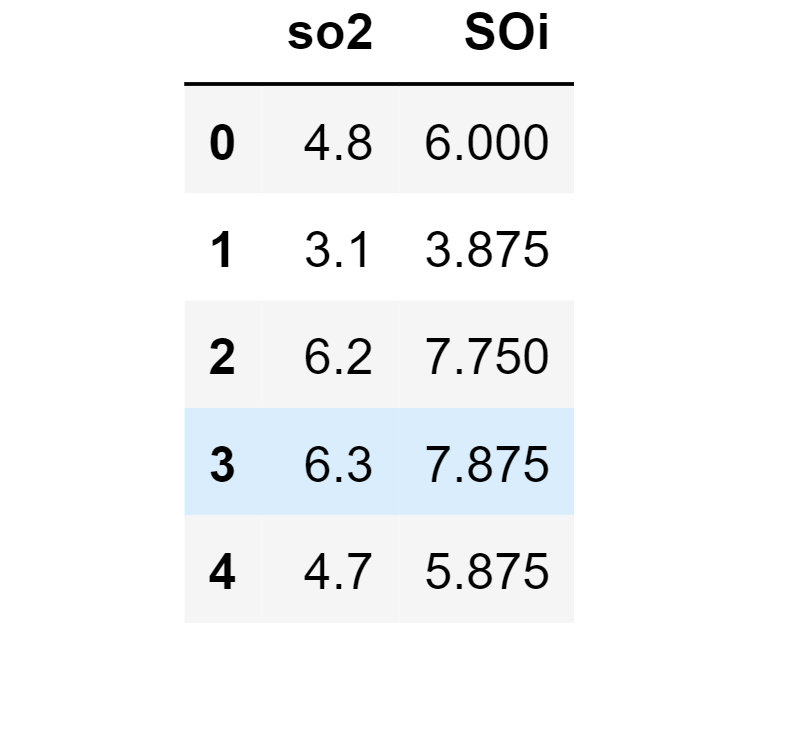
Output: 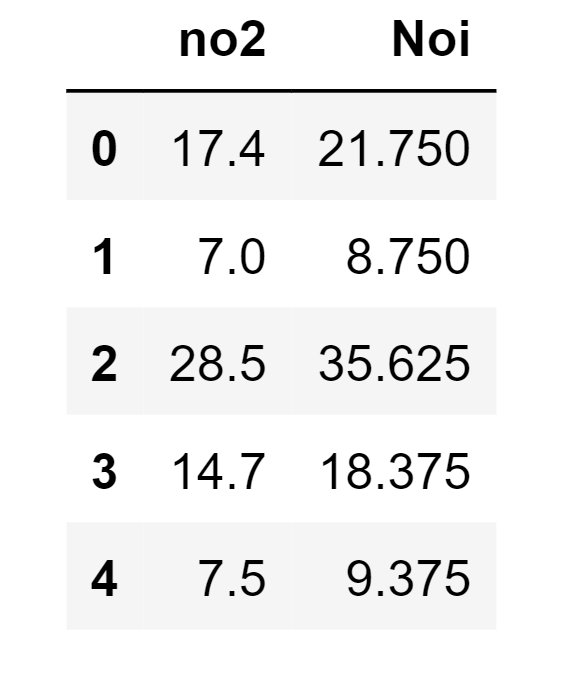
Output: 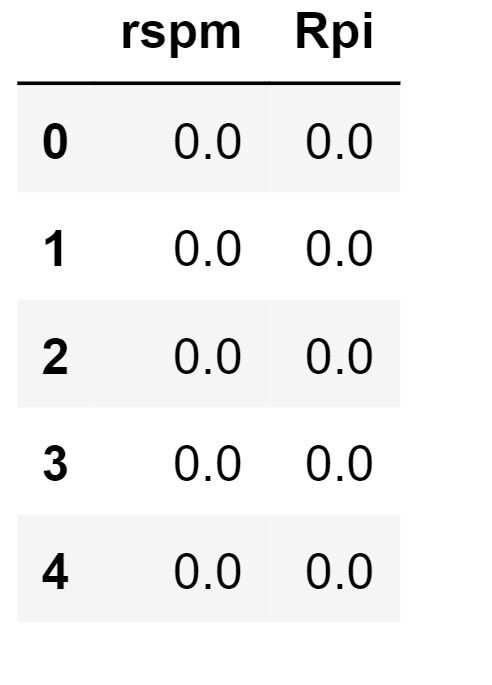
Output: 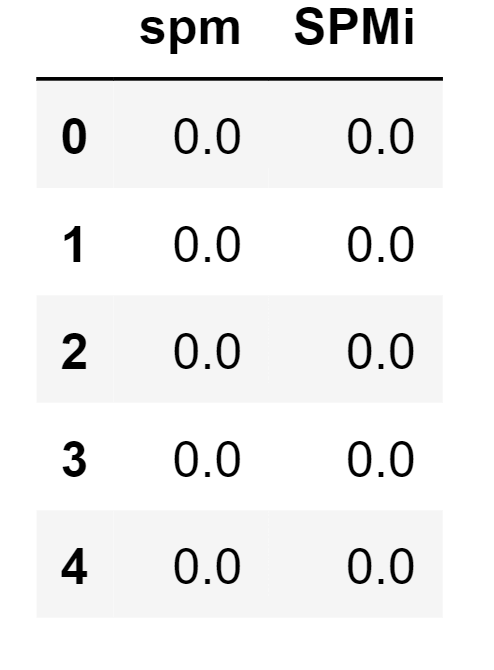
Output: 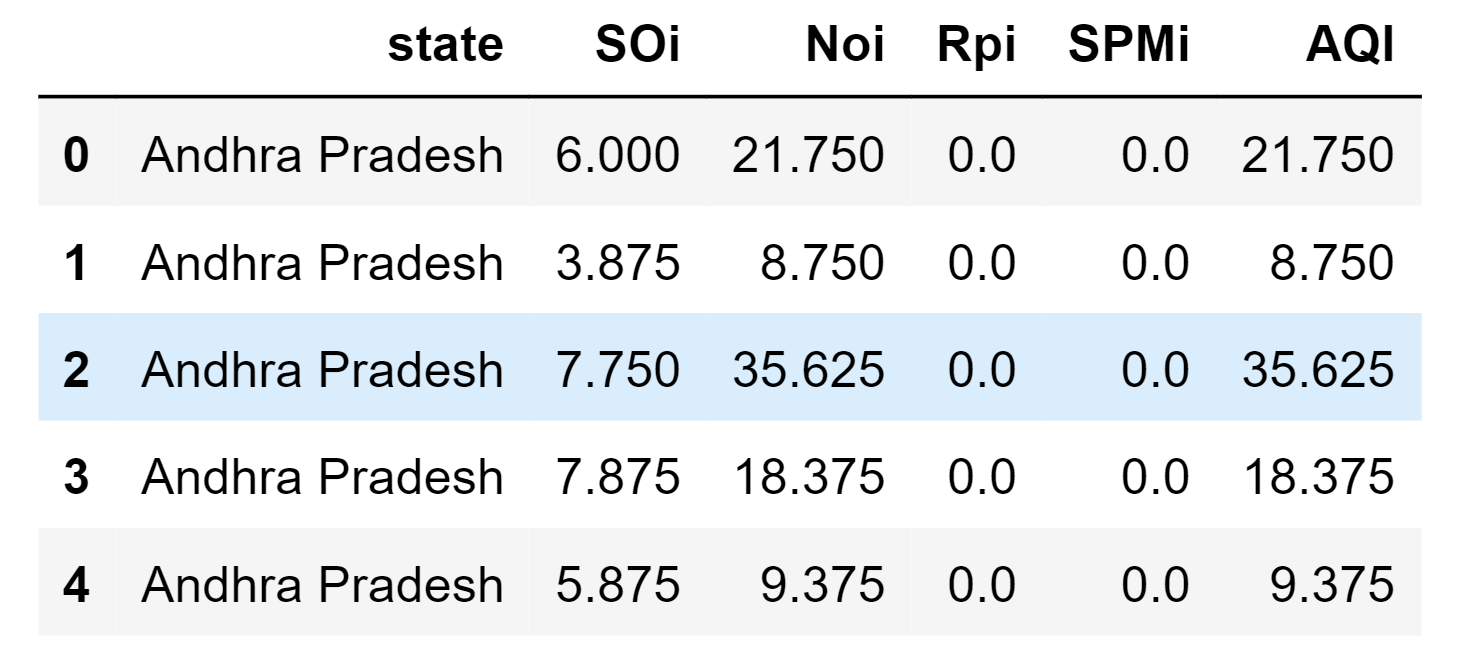
Output: 
Output: 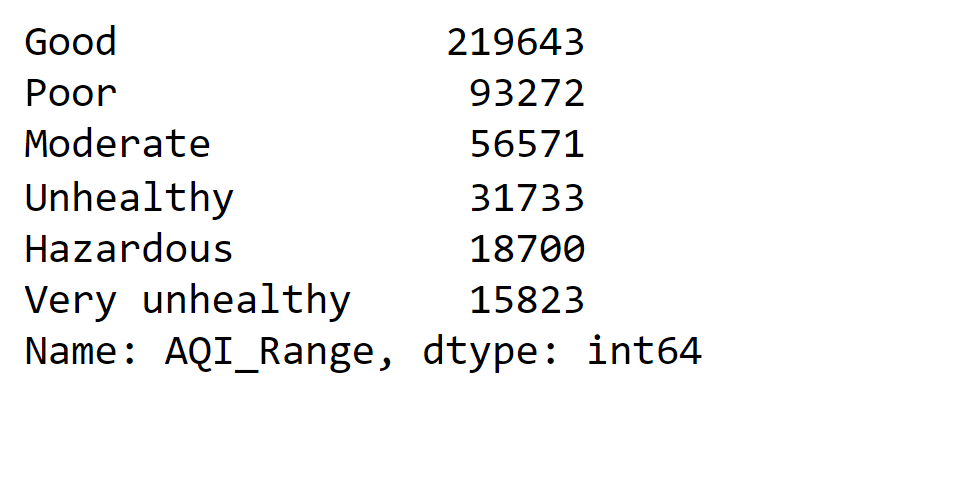
Splitting Dataset into Training and Testing SetModelsHere we will employ various machine learning models to predict air pollution. 1. Logistic RegressionOutput: 
2. Decision Tree ClassifierOutput: 
3. Random Forest ClassifierOutput: 
4. KNNOutput: 
Model ComparisonModel comparison helps to choose the best options among the models. Output: 
Output: 
Random Forest and Decision Tree have the accuracy for predicting air pollution as multiple factors are involved, and they are quite effective when there is a wide variety of factors involved. ConclusionAnticipating and forecasting air pollution using machine learning techniques represents a burgeoning area of study that provides a priceless understanding of the intricate workings of pollution and its repercussions on human well-being and the environment. By merging the realms of data science and environmental research, we can forge impactful strategies to alleviate pollution, ameliorate air quality, and establish healthier habitats for forthcoming generations. As machine learning and data collection progress, we hold the key to charting a course toward an unpolluted and sustainable future. |
 For Videos Join Our Youtube Channel: Join Now
For Videos Join Our Youtube Channel: Join Now
Feedback
- Send your Feedback to [email protected]
Help Others, Please Share










